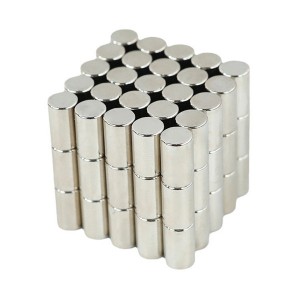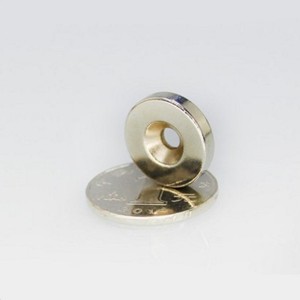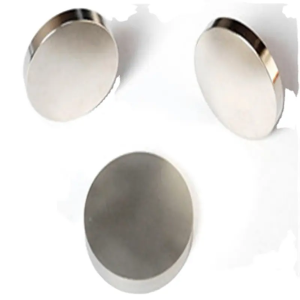
Sintered NdFeB permanent magnet material is based on the intermetallic compound Nd2Fe14B, the main components are neodymium, iron, and boron. In order to get different magnetic properties, a part of neodymium can be replaced by other rare earth metals such as dysprosium and praseodymium, and a part of iron can be replaced by other metals such as cobalt and aluminum. The compound has a tetragonal crystal structure, with high saturation magnetization strength and uniaxial anisotropy field, which is the main source of the properties of NdFeB permanent magnets.
Neodymium Magnet Catalogue
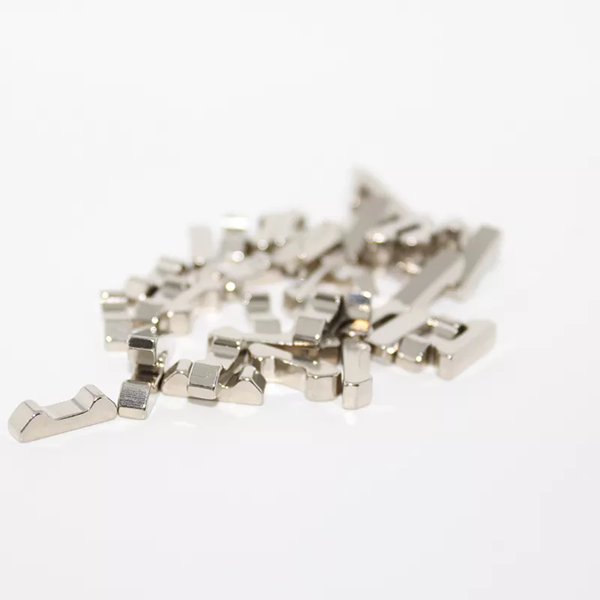
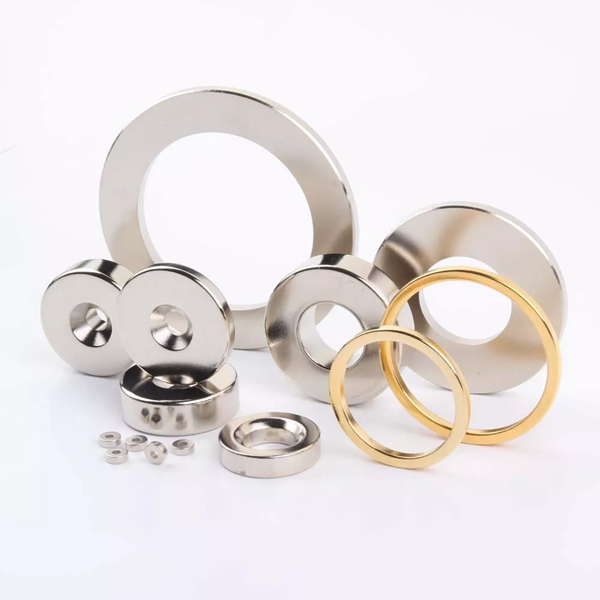
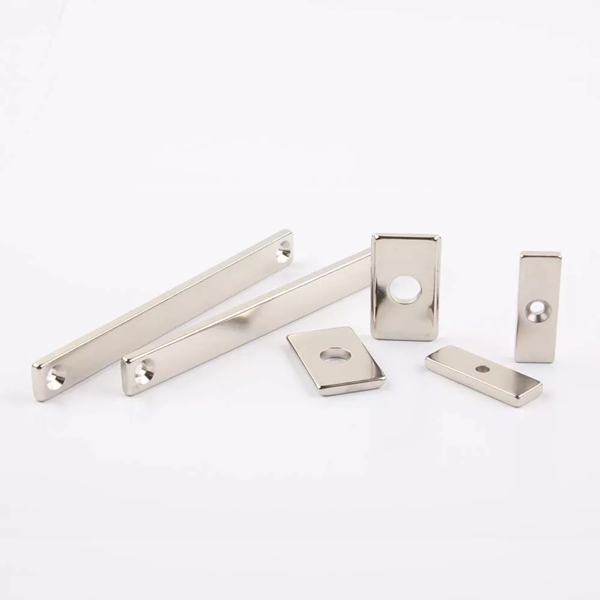
Neodymium magnet special shape
Ring shape neodymium magnet
NdFeB square counterbore
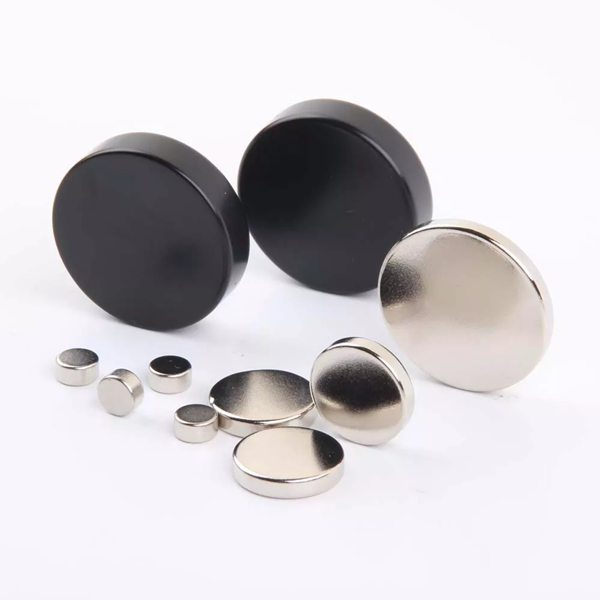
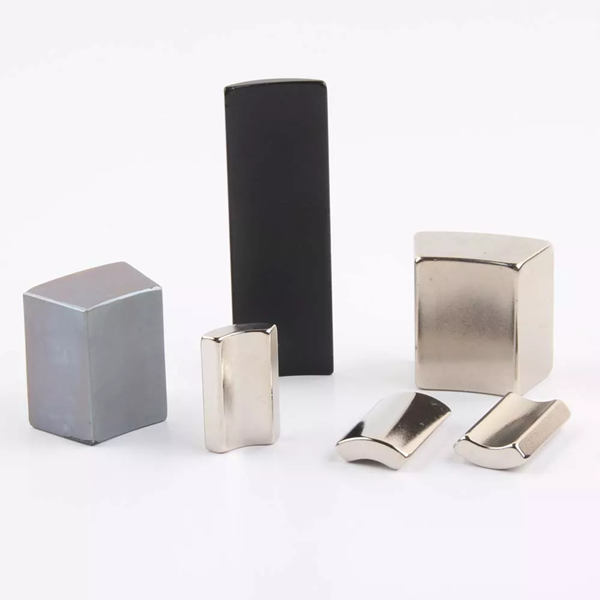
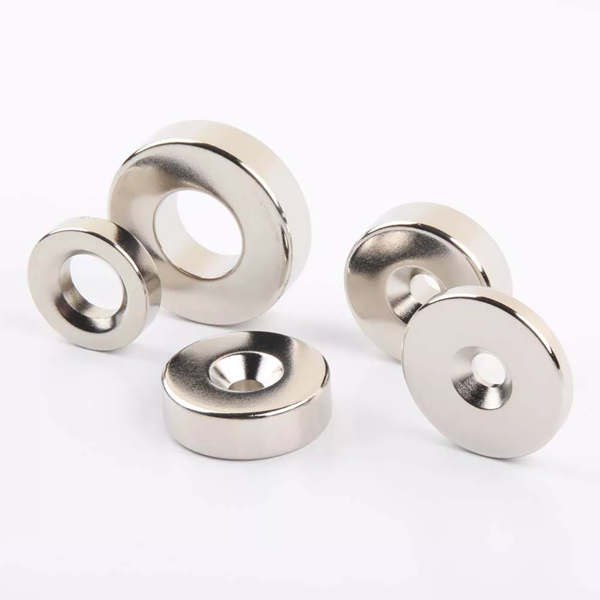
Disc neodymium magnet
Arc shape neodymium magnet
NdFeB ring counterbore
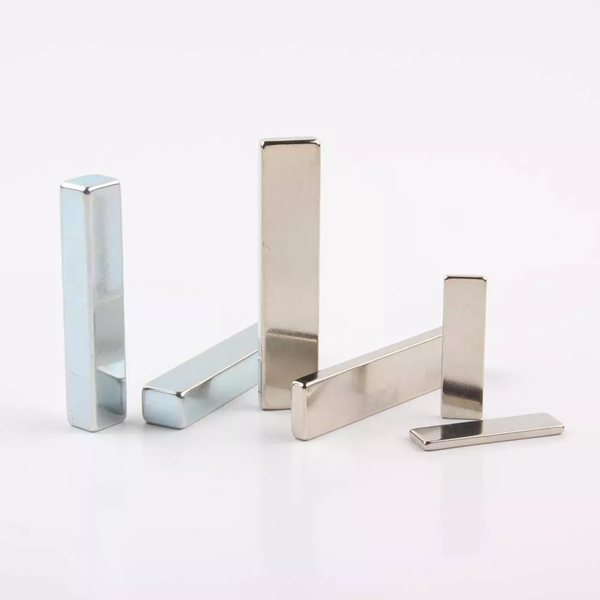
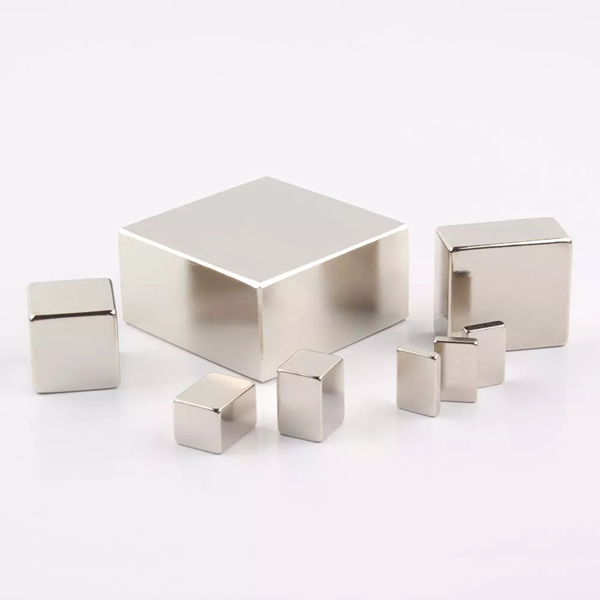
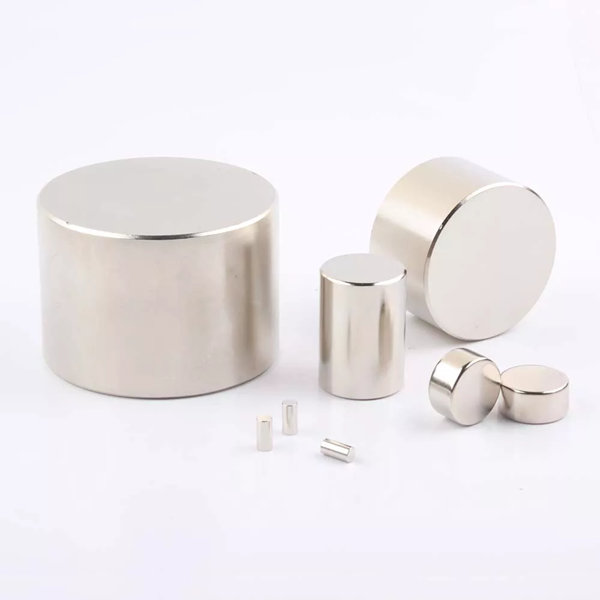
Rectangular neodymium magnet
Block neodymium magnet
Cylinder neodymium magnet
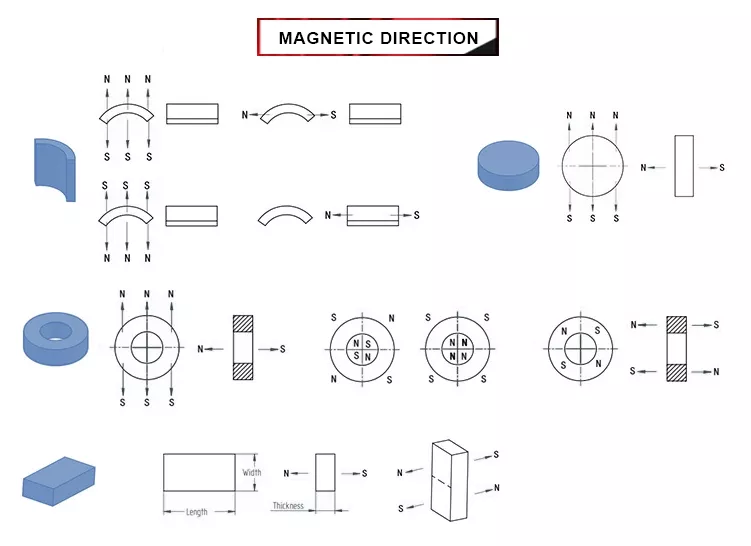
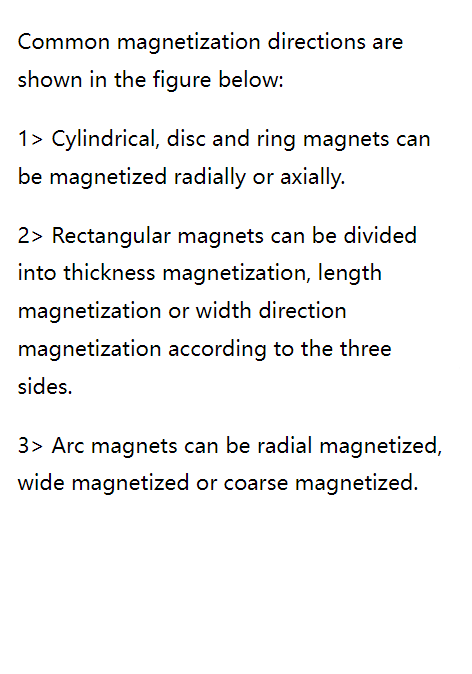
Why neodymium magnets need coating ?
Neodymium magnets are incredibly popular due to their powerful magnetic strength. However, these magnets need to be coated in order to protect them and keep them functioning properly. A coating on the surface of a neodymium magnet provides a layer of protection that helps prevent corrosion, wear and tear, and other damage that can occur over time.
Another reason why neodymium magnets need coating is that they are susceptible to corrosion, especially when exposed to moisture or humidity. Over time, this can cause rust or discoloration which can damage the magnet's strength and reduce its effectiveness. By adding a protective coating, the magnet is protected from exposure to moisture and corrosive chemicals, which can help maintain its strength and power.

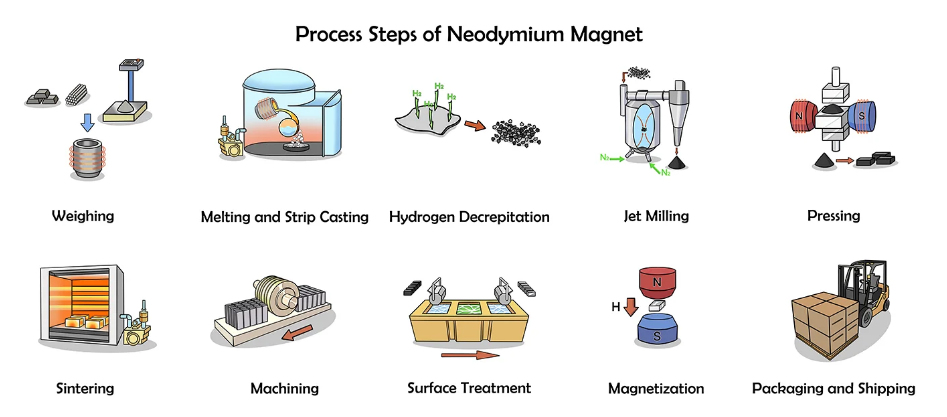
Manufacturing Process
2,Once cooled, the metal is removed from the mold and undergoes a process called hydrogen decrepitation. This involves breaking the metal into small pieces by exposing it to hydrogen gas, which causes the metal to become brittle and fracture. The resulting fragments are then milled into a fine powder.
3,The powder is then mixed with a polymer binder and pressed into a desired shape using a process called injection molding. Once formed, the magnets are then placed in a sintering furnace and heated to a high temperature, which causes the polymer binder to melt and evaporate, leaving behind a solid and dense neodymium magnet.
6,After sintering, the magnets are coated with a protective layer to prevent corrosion and enhance their performance. This can involve plating the magnets with a layer of nickel or other metals.
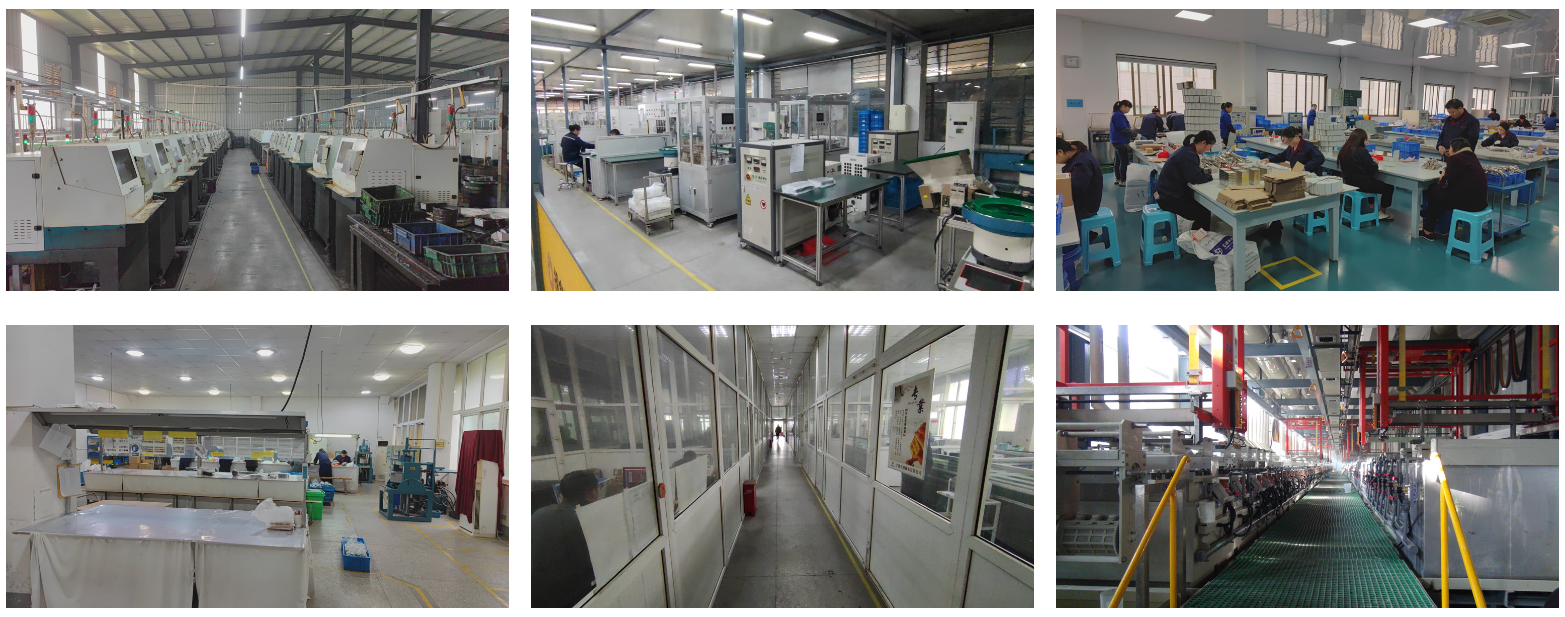
FQA
Q:Are you trading company or manufacturer ?
A:We are professional manufacturer of neodymium magnet and magnetic products in China.We have 20 years production experience.
Q: Do you provide samples? Is it free or extra?
A: Yes, we can send you free samples from stock for quality inspection, but we will not bear the freight charge.
Q:How can you guarantee the quality of your products?
A:Every production process is controlled by professional technicians,and we have a perfect QC system,which has 100%quality inspection before delivery.
Q: What's the payment method?
A: We support Credit Card,T/T, L/C, D/P,D/A, etc....
Payment<=1000USD, 100% in advance. Payment>=1000USD, 30% T/T in advance ,balance before shipment.
Other popular magnets
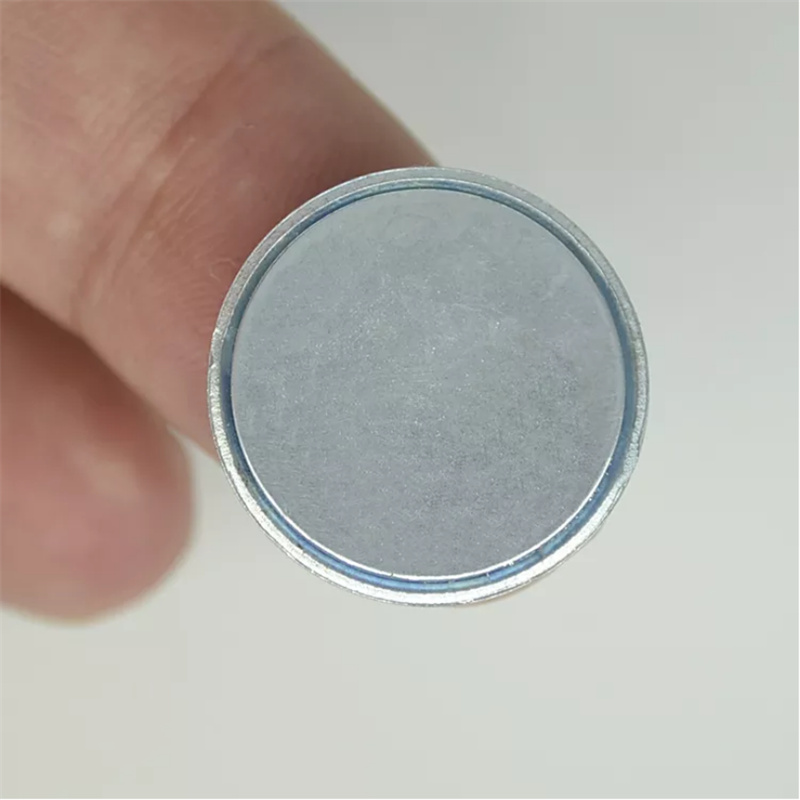
single side neodymium magnet
Neodymium single side magnets are a highly valuable and versatile tool with a wide range of applications. They offer unparalleled performance and durability, making them an ideal choice for a variety of industries and applications. With their impressive strength and reliability, these magnets will continue to play a vital role in the world of technology and innovation for many years to come.
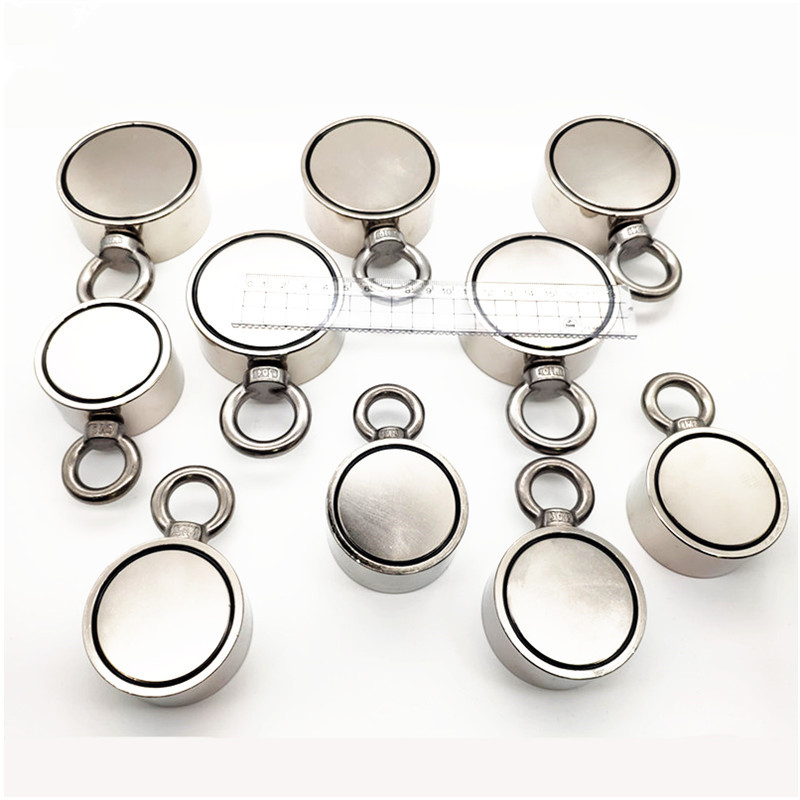
Fishing magnets
are a tool used for magnet fishing, a hobby where individuals use magnets to retrieve metallic objects from bodies of water. These magnets are typically made from neodymium, a rare-earth metal, and are known for their strong magnetic force.







